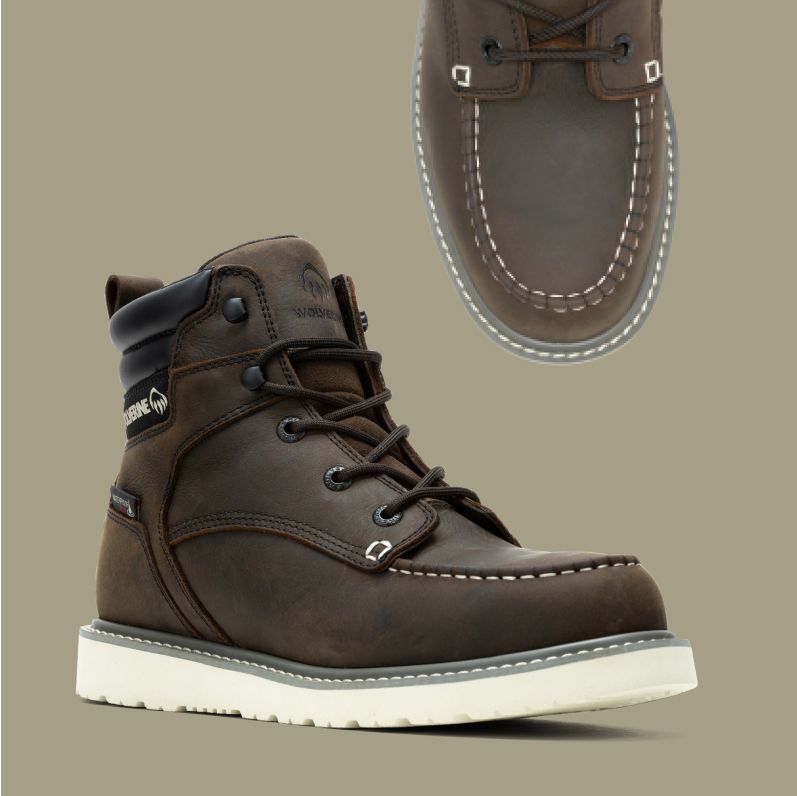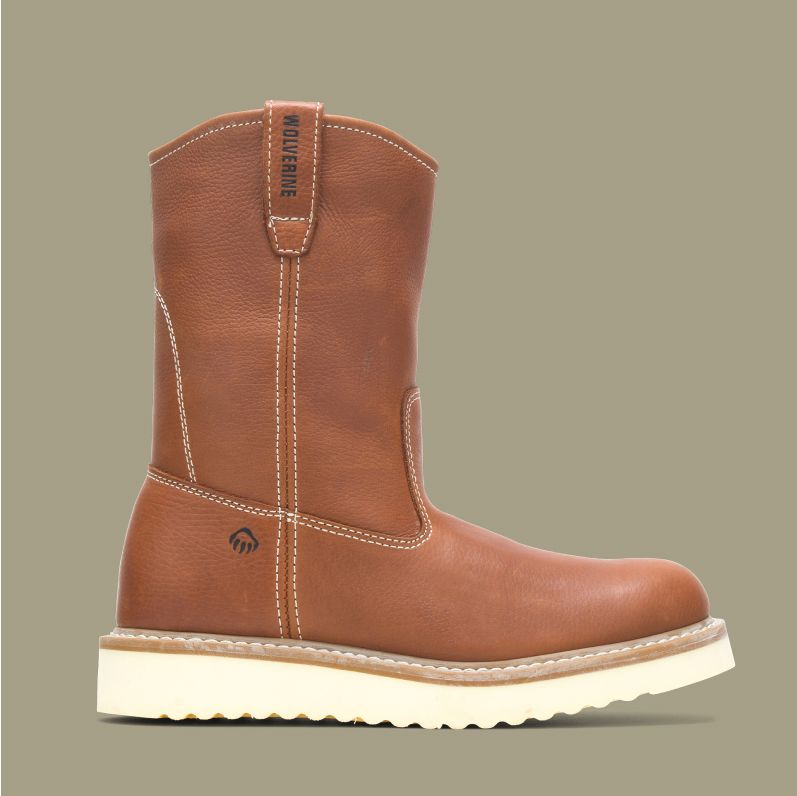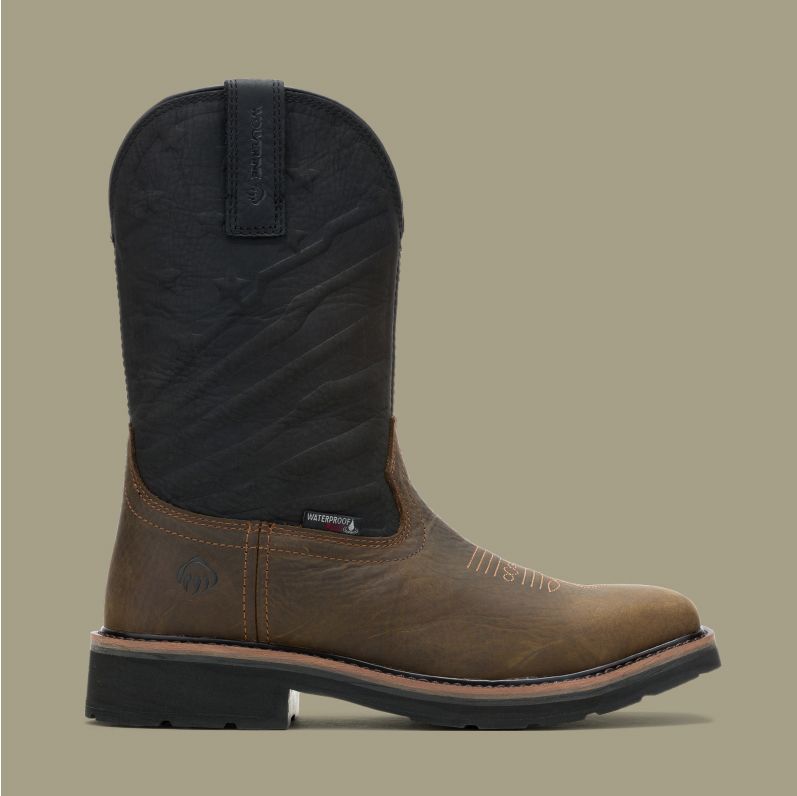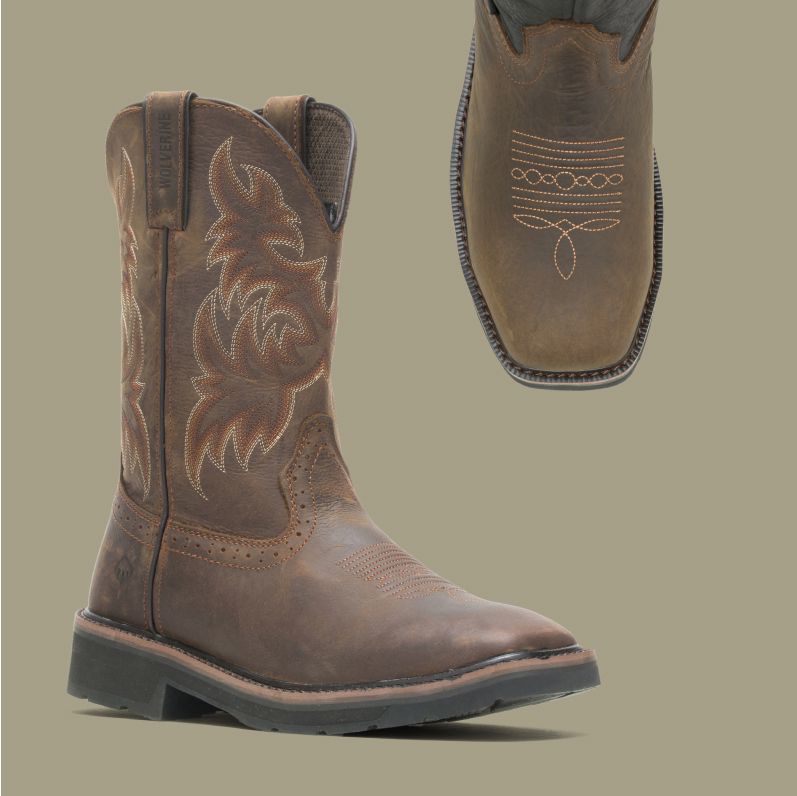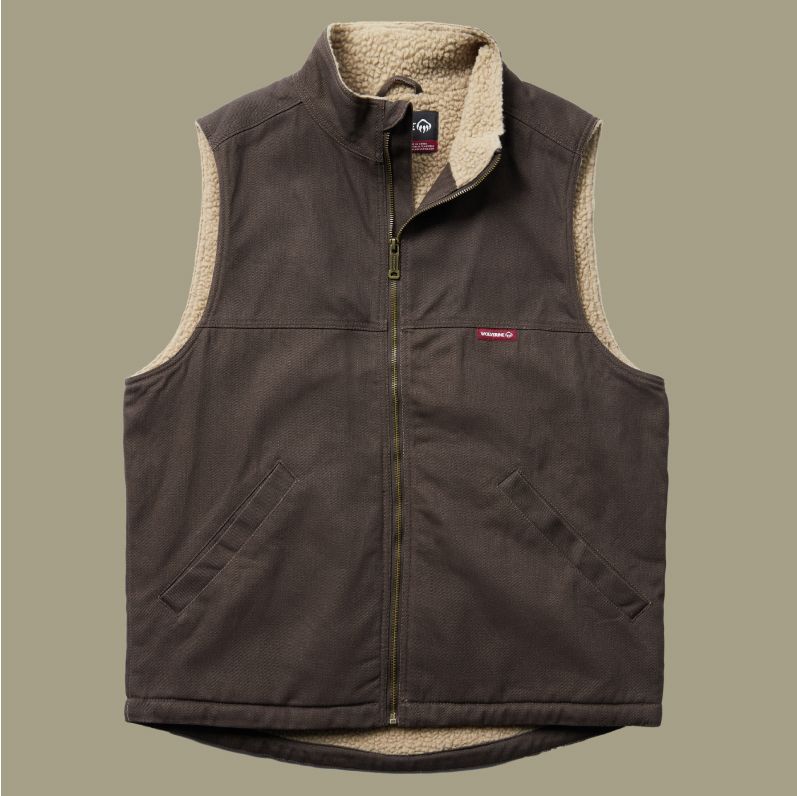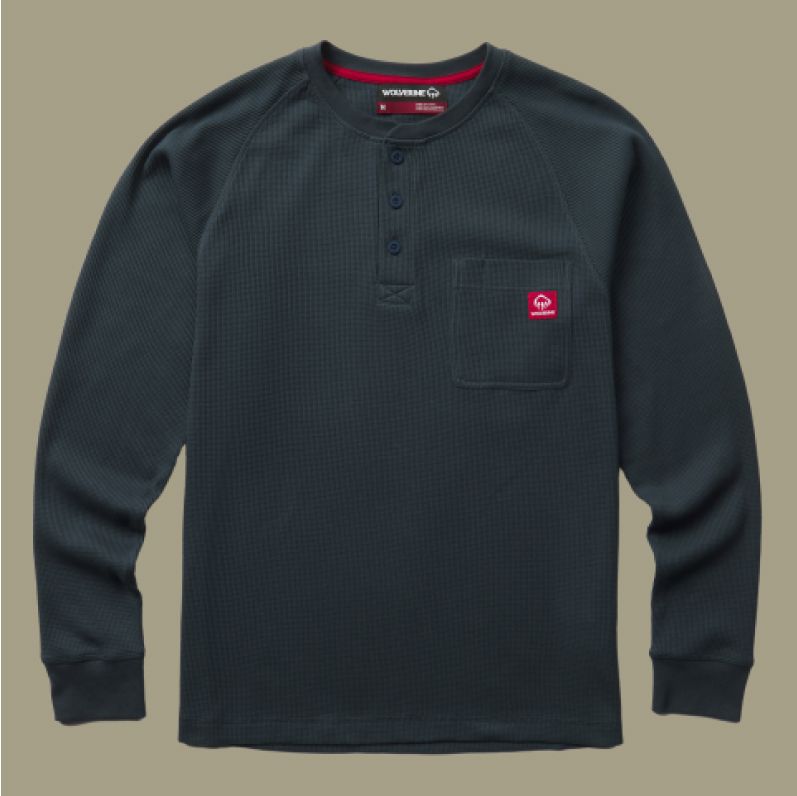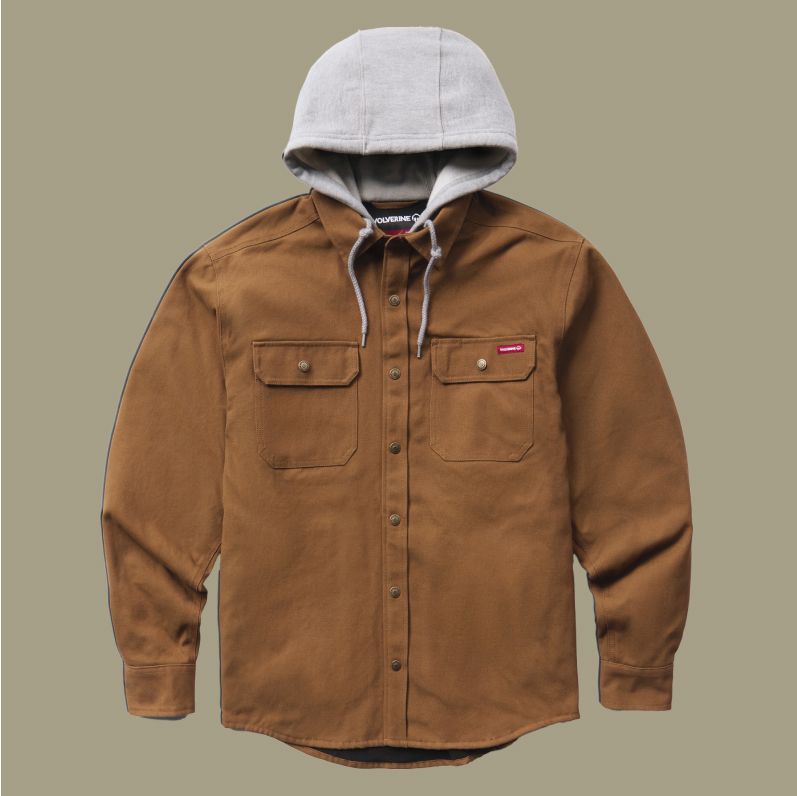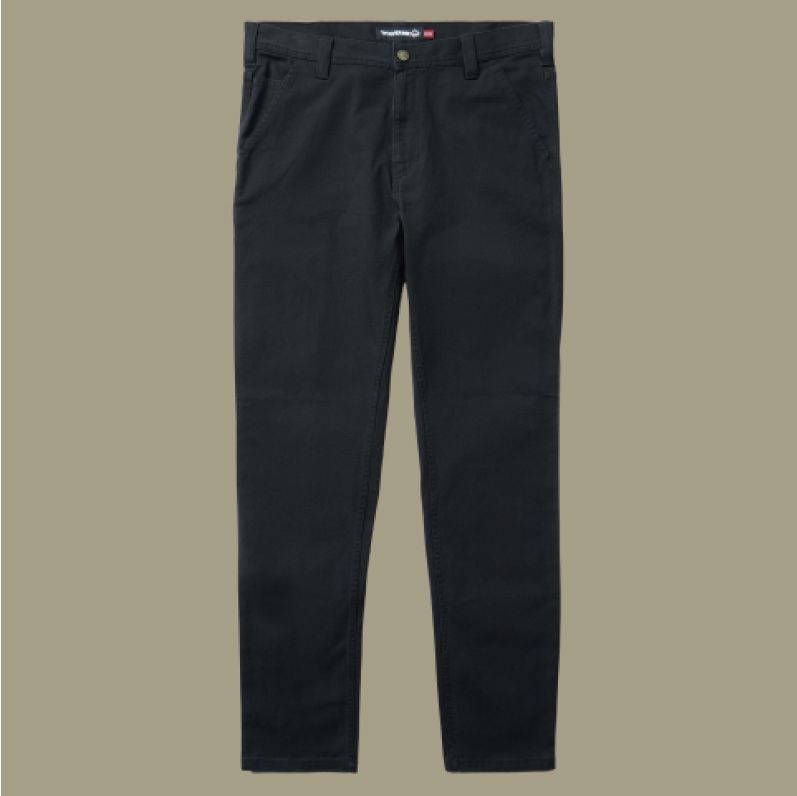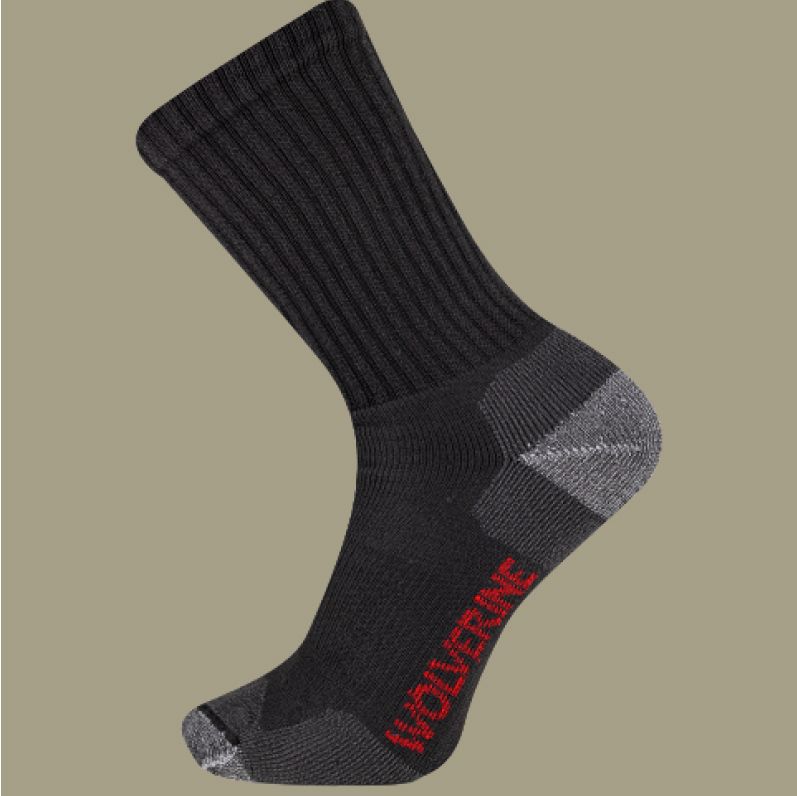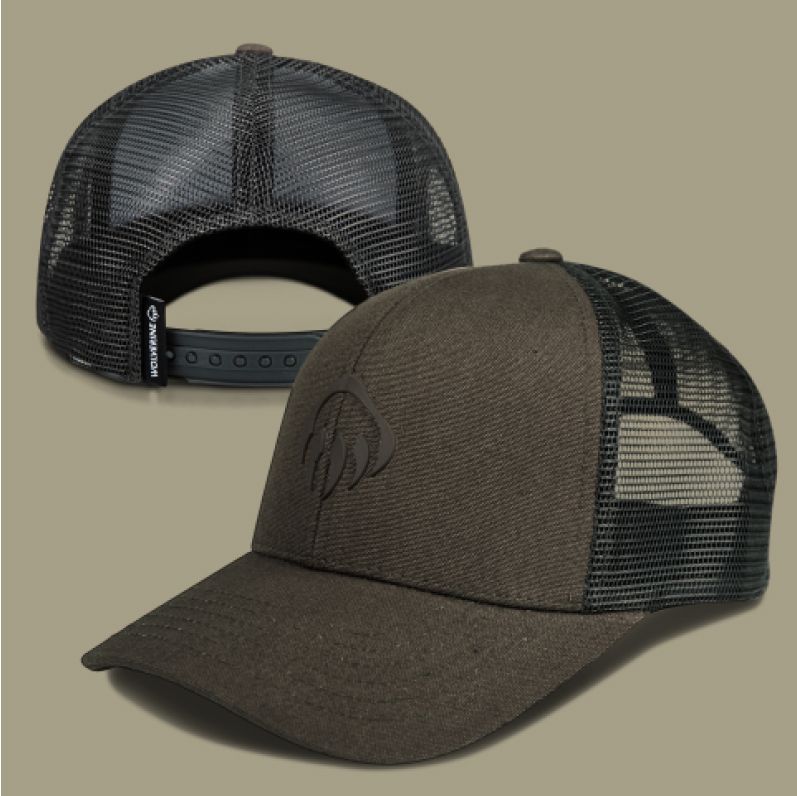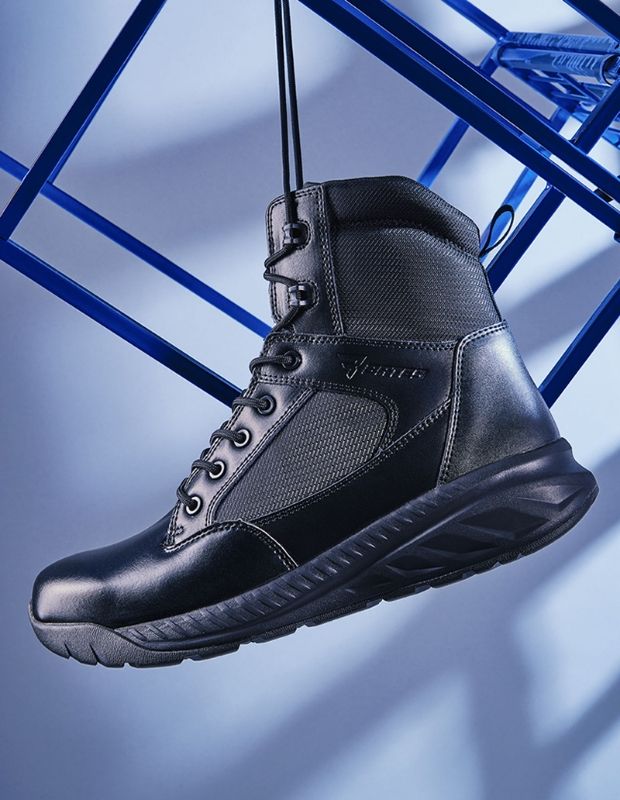
Wolverine x Jordan Davis
Multi-Platinum Selling Country Artist
Do What You Love
Award-winning country music star Jordan Davis grew up watching his dad and grandpa doing what they love–whether it was fishing or refurbishing furniture–all with their trusted Wolverine boots on their feet. Now, on his Tennessee farm and on tour all over the world, Jordan does the same.
sign up for updates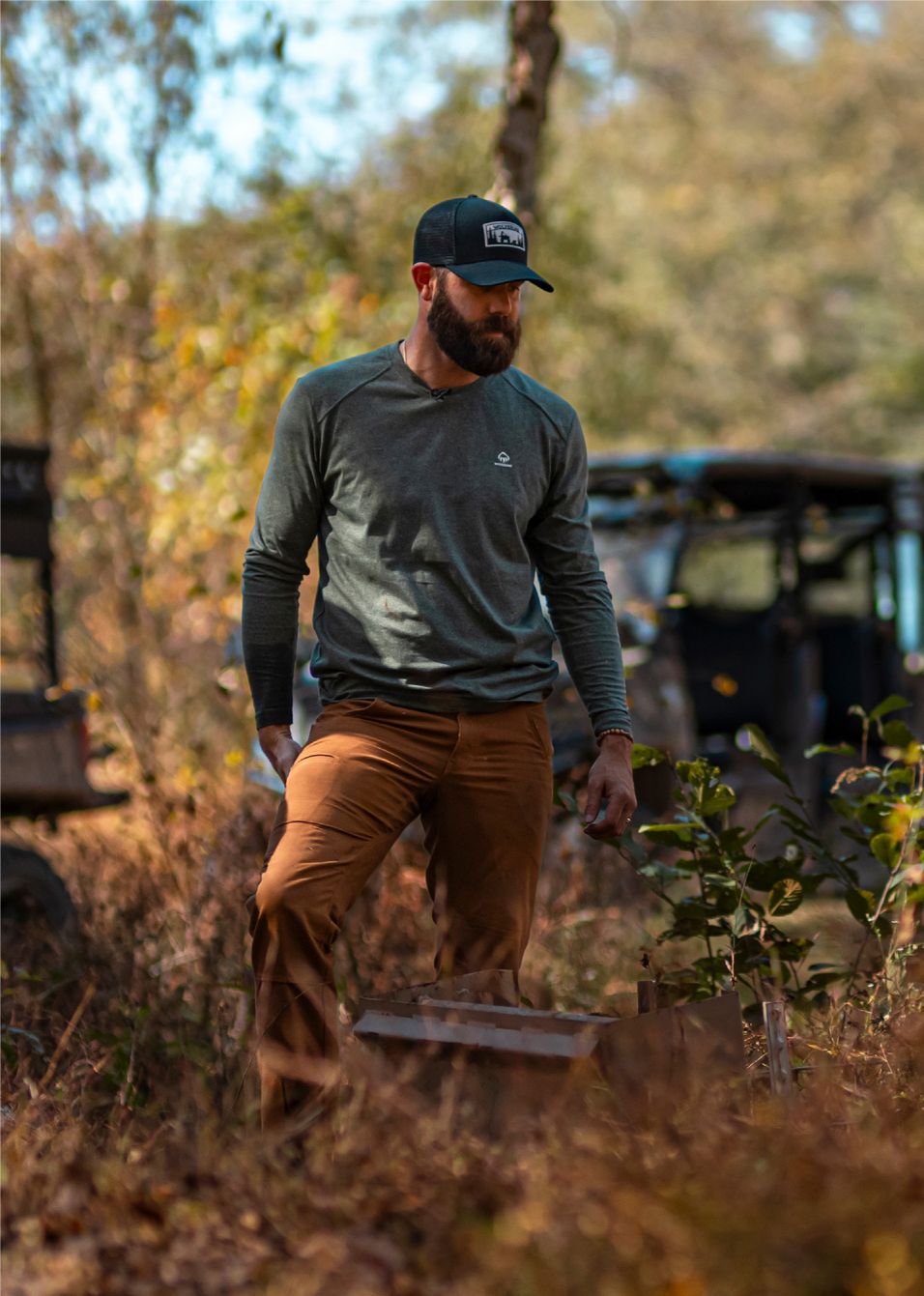

For me it's the versatility of Wolverine. It's something that I can wear in my everyday life, get off the road, jump in the truck, come out to the farm and I know it's going to be there for me. It's a brand that I have a lot of trust in." - Jordan Davis
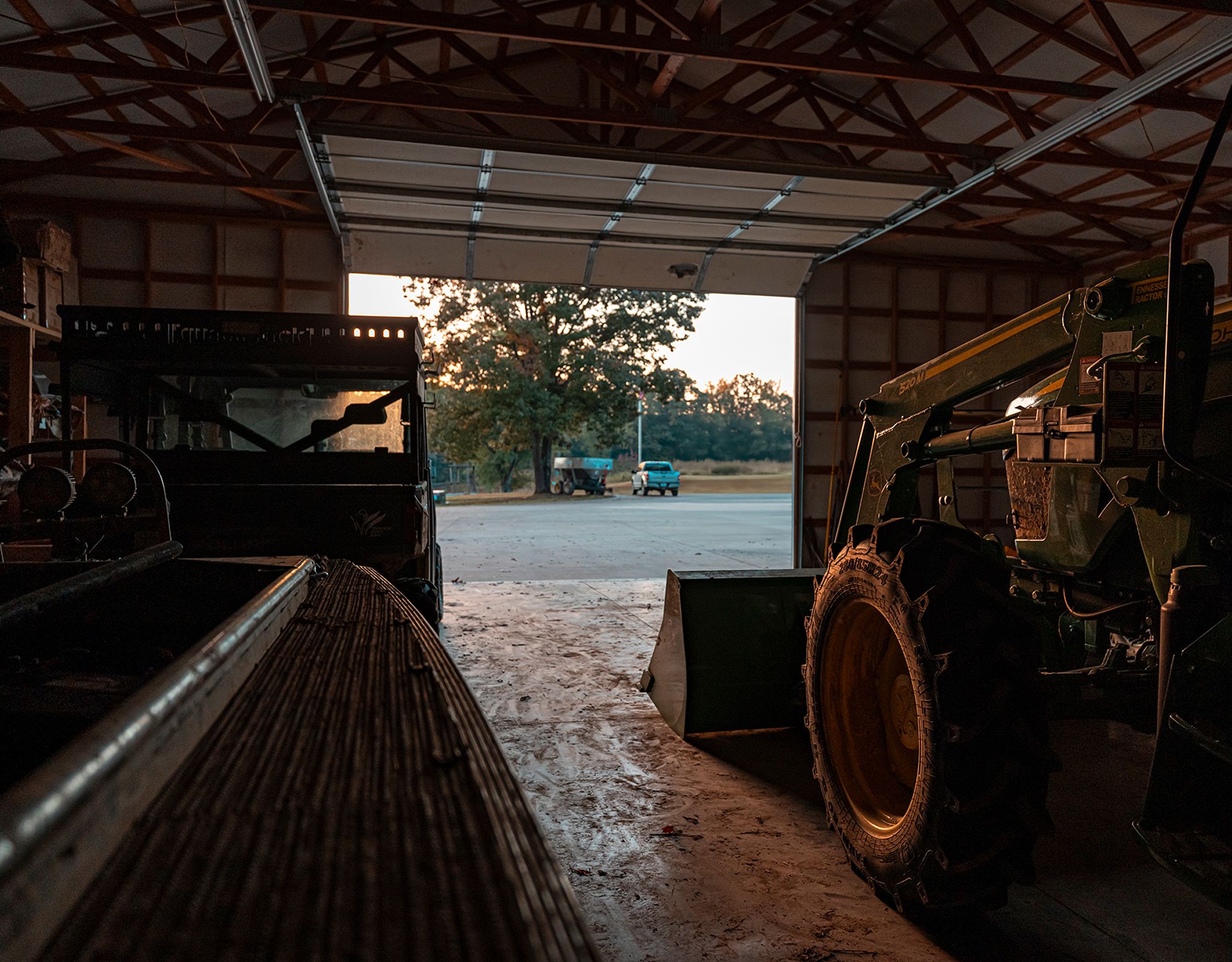

SHOP JORDAN’S PICKS
Rugged, hardworking, and enduring, Wolverine boots represent the same qualities that Jordan holds closest. Explore the boots and gear that Jordan loves most.







